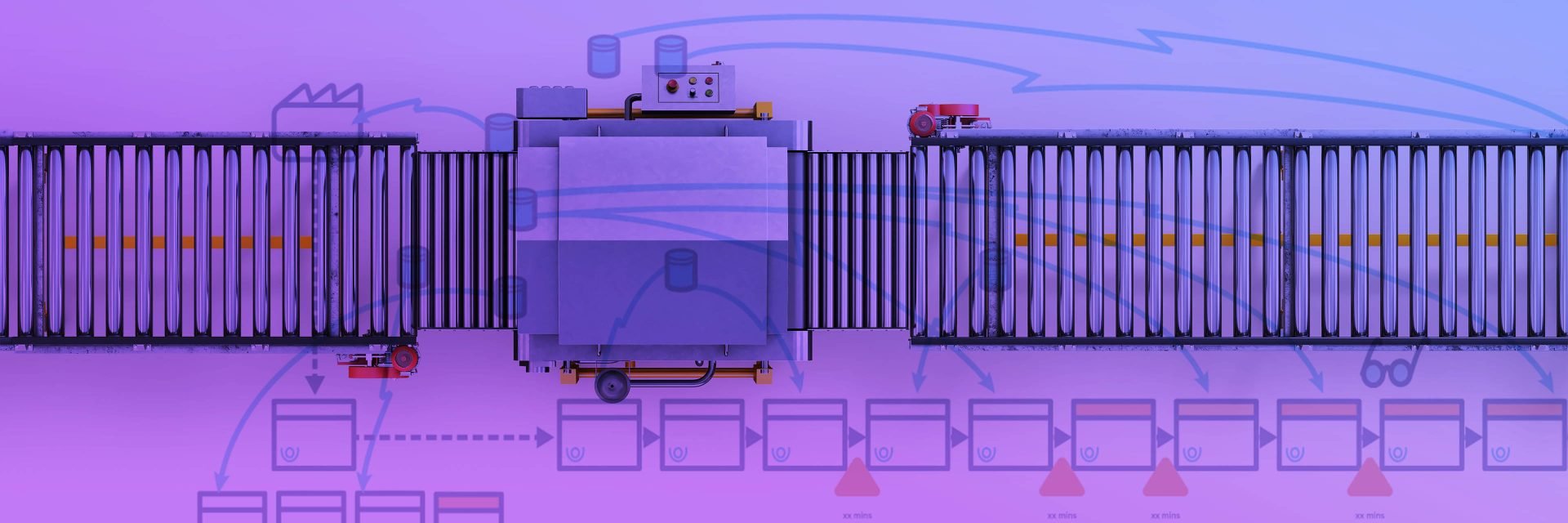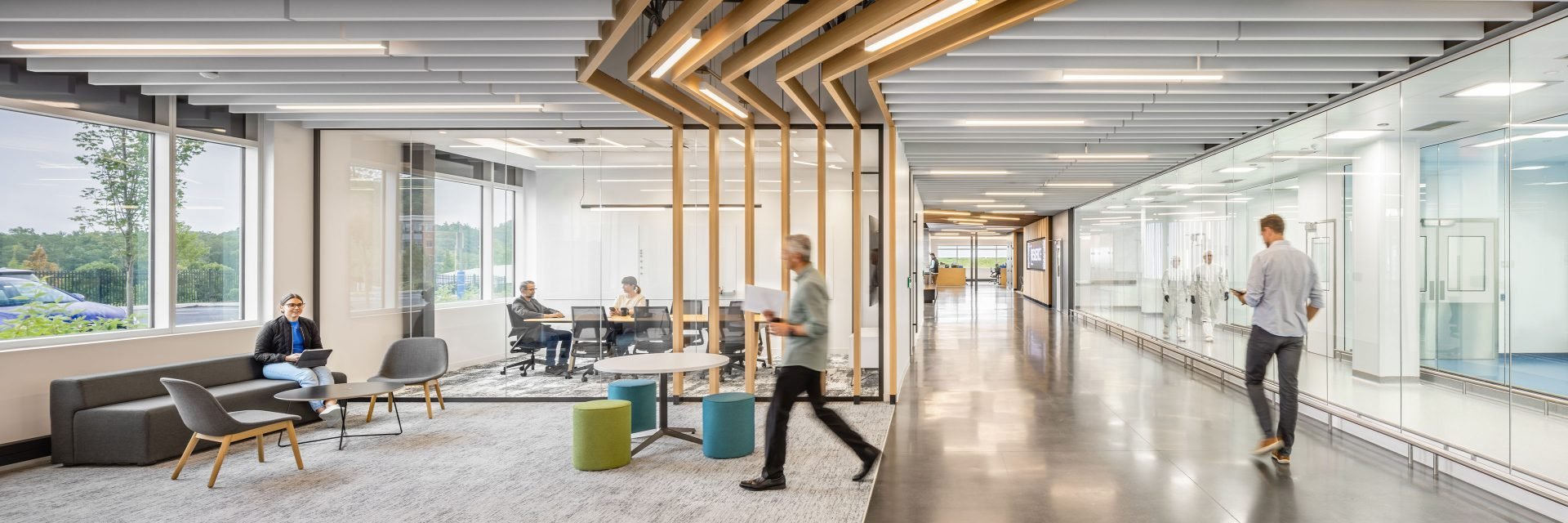Manufacturers are poised to take advantage of the growth of the antibody-drug conjugate (ADC) market. To do so they need to understand the process technologies involved, as well as the manufacturing challenges.
Read More
Life science trends: The price of life saving medicine
This report, the fourth in our Horizons: Life Sciences series, tests this vision of improved patient access. We draw on the perspective of more than 500 small, medium and large companies operating across North America and Europe to examine each submarket in detail, looking closely at the milestones that brought them to this moment and the trends that are shaping their future—trends that will determine how quickly the next revolution in life-changing medicine will unfold.
Read More
How to improve your manufacturing efficiency: Value stream mapping 101
Even when manufacturing budgets tighten, there are still ways to improve operations and increase throughput, quality, and speed to market. Here’s your guide to getting there with value stream mapping.
Read More
4 steps to protect your facility from combustible dust
In life sciences manufacturing, safety in handling bulk powders and combustible dust can fall through the cracks. The bottom line? As per fire and building codes, if your manufacturing process generates dust, you must perform a dust hazard analysis to establish whether you’re dealing with a fire or explosion hazard. If you are, you need to know how to mitigate the risk throughout your facility.
Read More
Lighting design for life sciences facilities
Life sciences facilities are unique workspaces that combine office space with highly specialized laboratory, research, and manufacturing areas. In this article, we explore the many roles lighting design plays to enhance the variety of activities that take place at these innovative companies—while at the same time improving energy efficiency and supporting employee wellness.
Read More
Industry 4.0: Examples and benefits for manufacturing
Industry 4.0 examples to better understand what Industry 4.0 is and how it can bring value to your manufacturing operations.
Read More
7 human-centric design principles to improve the life science workplace
Whether you’re leasing a lab space or building an all-new drug manufacturing facility, you’ll see a greater return on your capital investment when you deliver a workplace that fits the needs of your employees. That’s the principle behind human-centric workplace design, and it’s the key to a more resilient, flexible, and productive life science facility.
Read More
Capital Procurement Strategy: Best Practices Amidst Supply Chain Volatility
Capital projects driven by strict schedules rely on gathering the right materials, trades, and technology at the right time. But today’s volatile market conditions can impact pricing and availability, leading to long lead times and frustrating delays.
Read More
An introduction to process architecture for the life sciences
Process architecture is a specialized area of architecture that leverages design principles with process expertise and regulatory knowledge. Here’s why it’s essential for life sciences facilities.
Read More
Contextual design: how life science architects create environments that foster innovation
Architects who envision and develop efficient and innovative life science facilities must specialize not only in the fundamentals of any architecture project—creating a building that is safe, sustainable and aesthetically pleasing—but also in the unique considerations and constraints inherent to an industry on which lives depend.
Read More